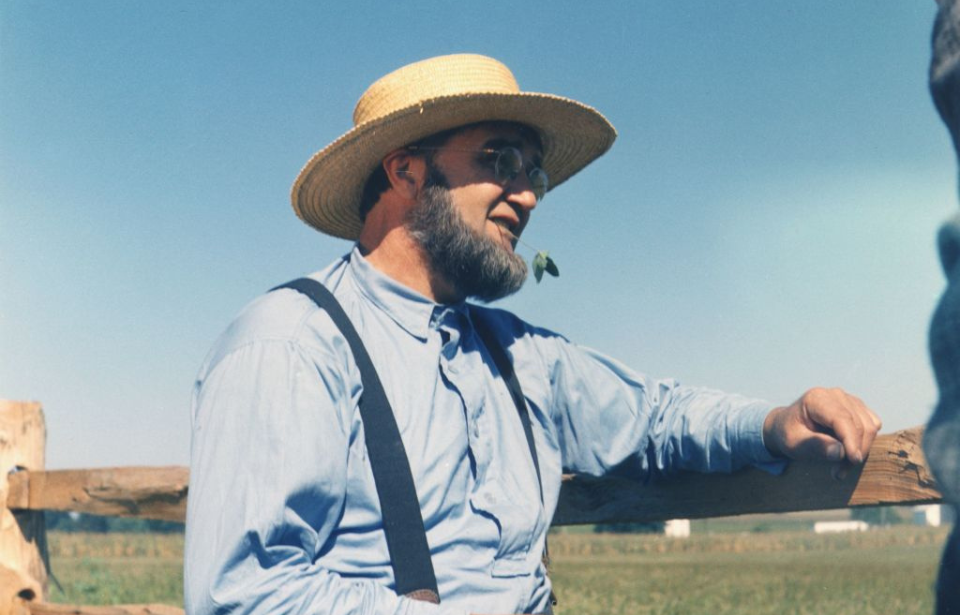The Amish are widely recognized for their traditional Christian communities and a way of life centered around strict devotion to God’s teachings. This dedication is particularly reflected in the distinctive long beards worn by Amish men.
In contrast to modern beard trends, which feature a variety of fashionable styles, Amish men are known for keeping their upper lips clean-shaven. This grooming practice has its origins in historical military customs.
Amish beards pay homage to the Bible
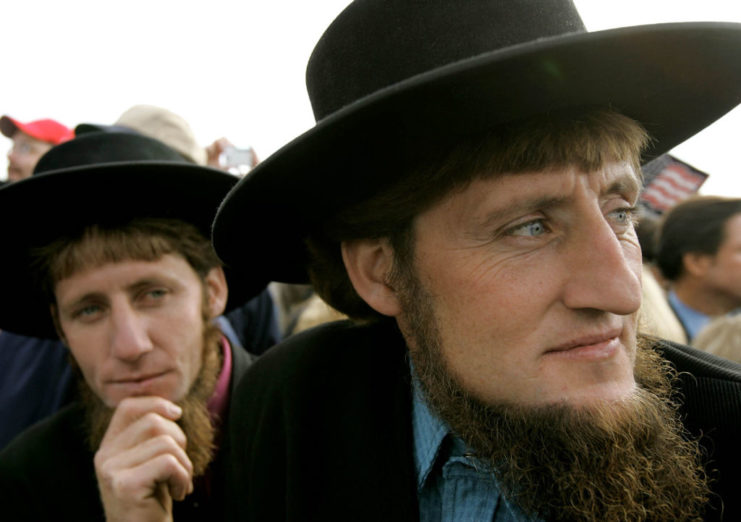
Although closely related to Mennonite churches, the Amish maintain distinct practices and traditions that differentiate them from other Christian groups. For the Amish, wearing a beard is a tribute to the Bible. In the times depicted in their religious texts, long before modern razors, most men wore full beards. Devout Amish men honor this tradition by growing their own.
However, it’s not just about avoiding shaving – only married men are allowed to grow beards. A beard serves as a symbol within the community, marking a man’s transition into adulthood.
Pacifism is a core Amish belief
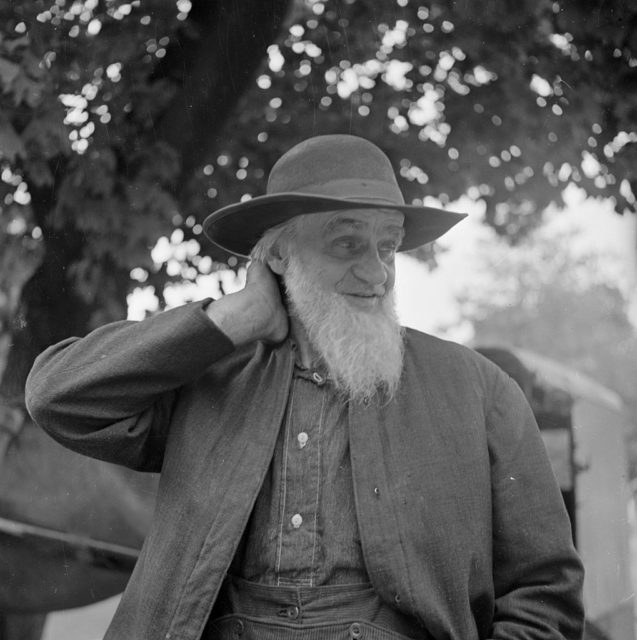
Leviticus 19:27 – “Do not cut the hair at the sides of your head or clip off the edges of your beard” – is a fundamental rule for the Amish, who follow it diligently.
Another important element of their faith is non-resistance, similar to pacifism. This belief involves not resisting authority, even when facing with perceived injustices, and shapes their everyday conduct. Moreover, the Amish view participation in warfare or combat as a form of resistance, which prevents them from engaging in military service.
As a result, mustaches are prohibited.
Why don’t Amish men sport mustaches?
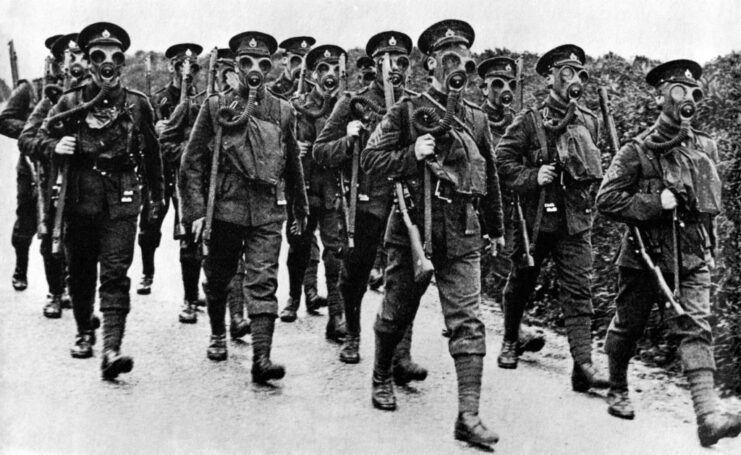
Nowadays, sporting a mustache is a style preference, but historically, it was once a symbol of military service. Facial hair has been linked to warfare and the might of soldiers, especially in cultures where beards and mustaches are seen as symbols of masculinity. Even now, in some regions, soldiers wear facial hair to earn respect.
The British Empire made mustaches mandatory for soldiers
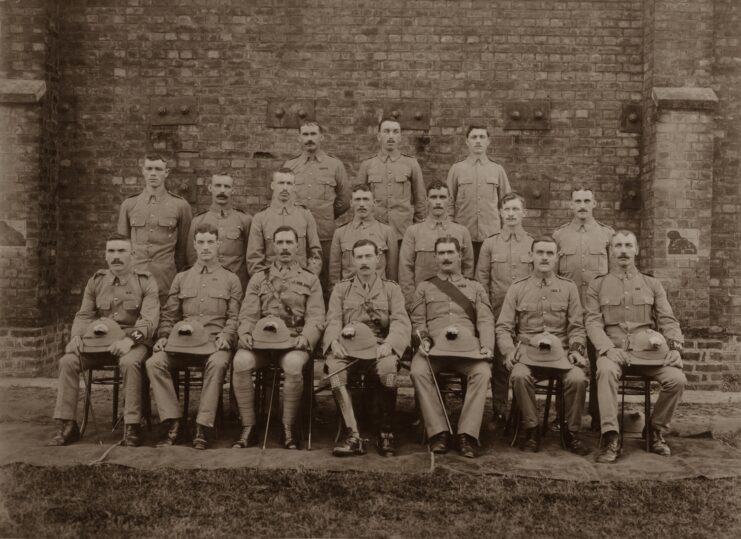
For instance, the British Empire had a strong affinity for mustaches, even making it mandatory for soldiers at one time. This rule stayed in effect until World War I, when keeping a mustache became not only a low priority but also impractical due to the harsh conditions in the trenches on the Western Front.
Additionally, the emergence of gas attacks on battlefields raised concerns that facial hair might not allow for the proper sealing of gas mask against the skin. Consequently, the mustache requirement was scrapped in October 1916.
The Amish beard avoids all association with the military
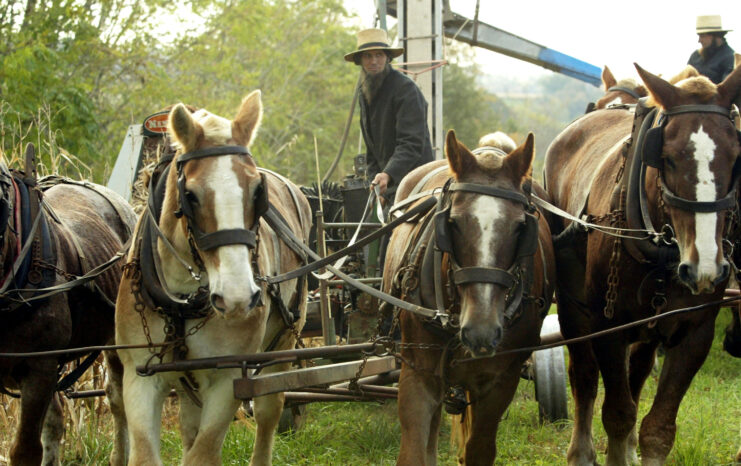
Want to become a trivia master? Sign up for our War History Fact of the Day newsletter!
With such strong ties to war history, the Amish choose to not sport mustaches in rejection of military service. This allows them to continue growing their beards while avoiding any association with the military. It helps let others know who’s married, too, as it’s worn in lieu of a wedding ring.
